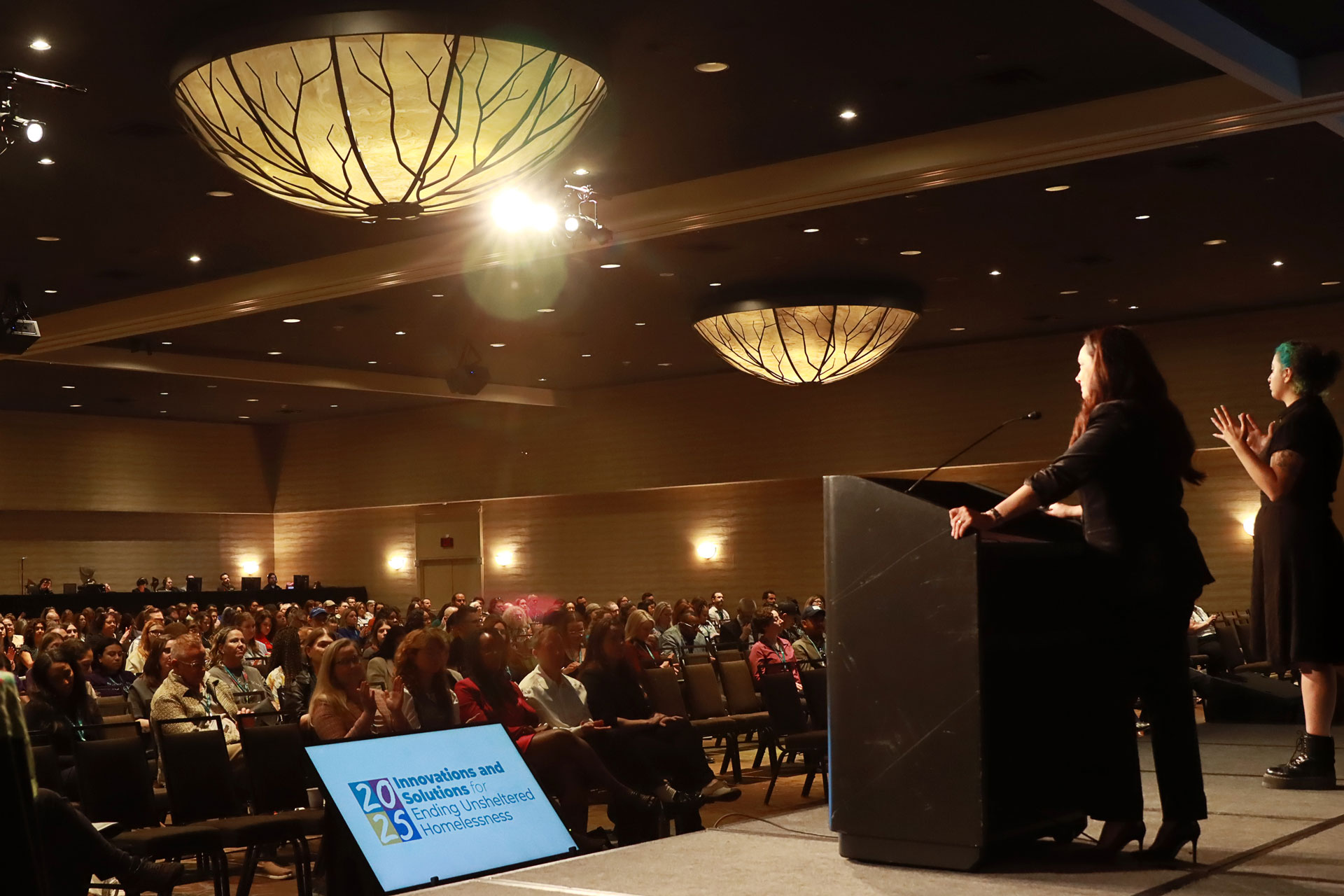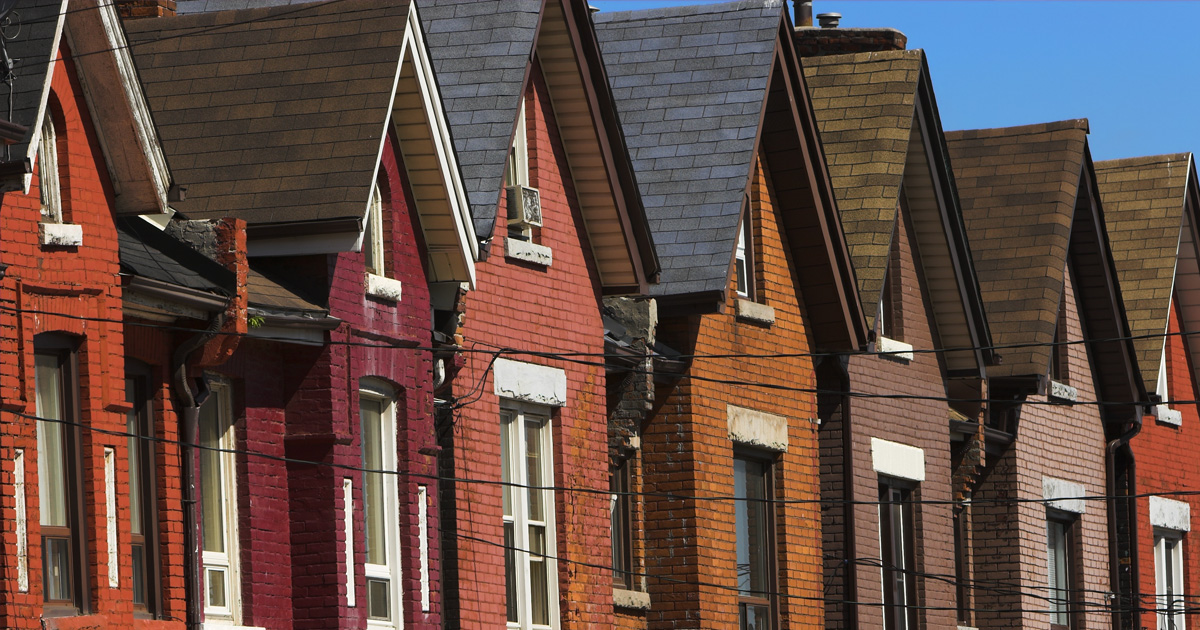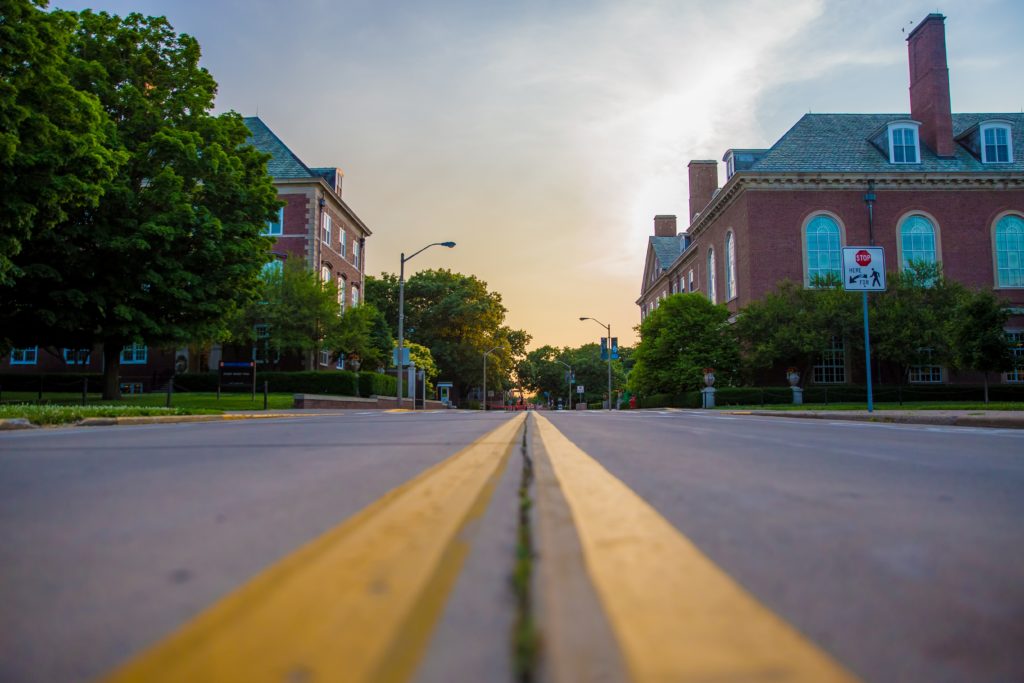By Jeff Olivet, Executive Director, U.S. Interagency Council on Homelessness
Homelessness is not an individual failure. It is a societal failure.
When one person—even one—dies on the street, we as a society have failed them. When one family seeking safe housing and a stable school for their children is discriminated against by a landlord, we have failed them. When one young queer person of color ages out of foster care with no place to go, or when one person completes a sentence and leaves prison only to end up in a shelter, we have failed. When one Veteran returns from serving this country and ends up homeless, we have failed.
I believe we can do better.
Over the last several decades, our public policies have allowed homelessness to persist. We have created homelessness on a systemic level—a societal level—and on a scale we have not witnessed since the Great Depression. Yet we try to solve it at the individual level. And we have gotten very good at that part of the picture. Effective housing and service interventions like Housing First, Critical Time Intervention, and others have helped hundreds of thousands of people exit homelessness over the past decade.
So why does homelessness still exist? Is it because what we are doing isn’t working? Absolutely not.
We have developed systems that are increasingly efficient in helping people move from homelessness to the stability and connection of a permanent home. We see these success stories every day. It is what inspires us to continue in this challenging work.
So what are we not doing right?
One problem is that we haven’t scaled effective solutions to meet the demand. Another is that we haven’t held ourselves and our communities accountable to the goal of ending homelessness. We too often measure ourselves by outputs rather than outcomes. We haven’t gone upstream to stem the tide of people becoming newly homeless. And we haven’t yet figured out how to address the underlying root causes of homelessness, including the dual crises of housing affordability and eviction, and the persistent structural racism that drives disproportionately high rates of homelessness for people of color.
The result is that even as we see individual successes all the time—tens of thousands of people every year exiting homelessness, holding down jobs, reconnecting with family and friends, stepping strongly into courageous journeys of recovery from mental health and substance use issues—we have not solved homelessness systemically. It is time that we do just that.
A systemic end to homelessness will require:
- Leading with equity, so that even as we work for an end to all homelessness for all people, we use strategies specifically designed to eliminate racial disparities.
- Grounding our policy decisions in accurate, real-time data, and sound evidence, so that we are making the best use of the resources we have. Until we have a clearer picture of the scope of the problem, it is impossible to understand the scope of resources needed to solve it.
- Going upstream to stem inflow and prevent homelessness from ever happening in the first place. This will require focused, cross-sector collaboration at the federal, state, and local levels in a way that we have not done before.
- Strengthening our crisis response system to address unsheltered homelessness, encampments, and barriers to shelter, so that people stay alive long enough to get back into housing and supports.
- Scaling effective housing solutions, with the recognition that housing is the stable foundation from which individuals, families, young people, seniors, and Veterans can achieve health, wellness, and connection.
- Providing a broad range of supportive services—from mental health and substance use treatment to employment and educational supports to childcare and transportation to direct cash transfers—so that people can sustain themselves in permanent housing.
In the coming months, the team from the U.S. Interagency Council on Homelessness (USICH) will release our federal strategic plan to guide the work of preventing and ending homelessness in the U.S. The plan will reflect what we heard from many of you through nearly 100 listening sessions that included many individuals who themselves have experienced the horrors of homelessness.
As we finalize the plan and roll it out, we will need your help putting it into action.
The work ahead will be difficult, but it will not be impossible. If we can imagine a better, more humane society, a society in which no one is left behind and no one is without a home, then we can build toward that vision. We must come together—housed and unhoused, Republicans and Democrats, government agencies and nonprofits, faith communities and corporations, people of all racial/ethnic backgrounds and all gender expressions and sexual orientations. We must come together to find common ground around the shared goal of ending homelessness once and for all.
We have a long road ahead. Remember to take care of yourselves and take care of each other. Find joy in the daily victories. Stay focused, stay strong, and stay engaged until homelessness is a relic of the past, a faded memory.
Stay Updated: Solutions, Stories, and Ways to Make an Impact
Sign up to receive updates on the Alliance’s work, including the latest research, advocacy efforts, and real stories of progress — plus ways you can help drive lasting change.














